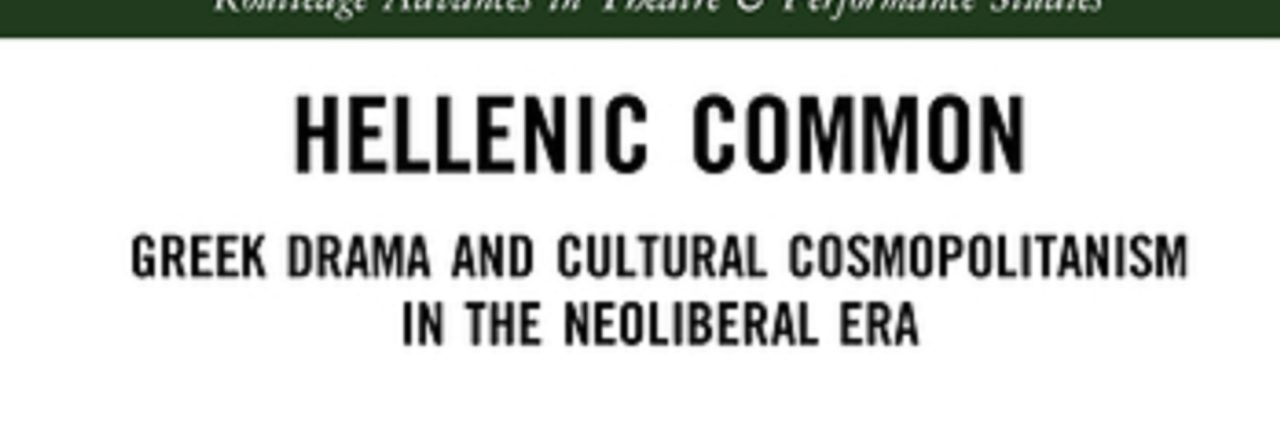Night Watch poster I’ve seen a good amount of professional theatre and university theatre, and both seen and been involved in a good number of community theatre productions. But I don’t know that I’ve ever seen a show as well executed as Sock & Buskin’s production of Lucille Fletcher’s Night Watch, directed by Stefanie Austin. …
Continue reading Lucille Fletcher’s Night Watch—20 Sept. 2025
